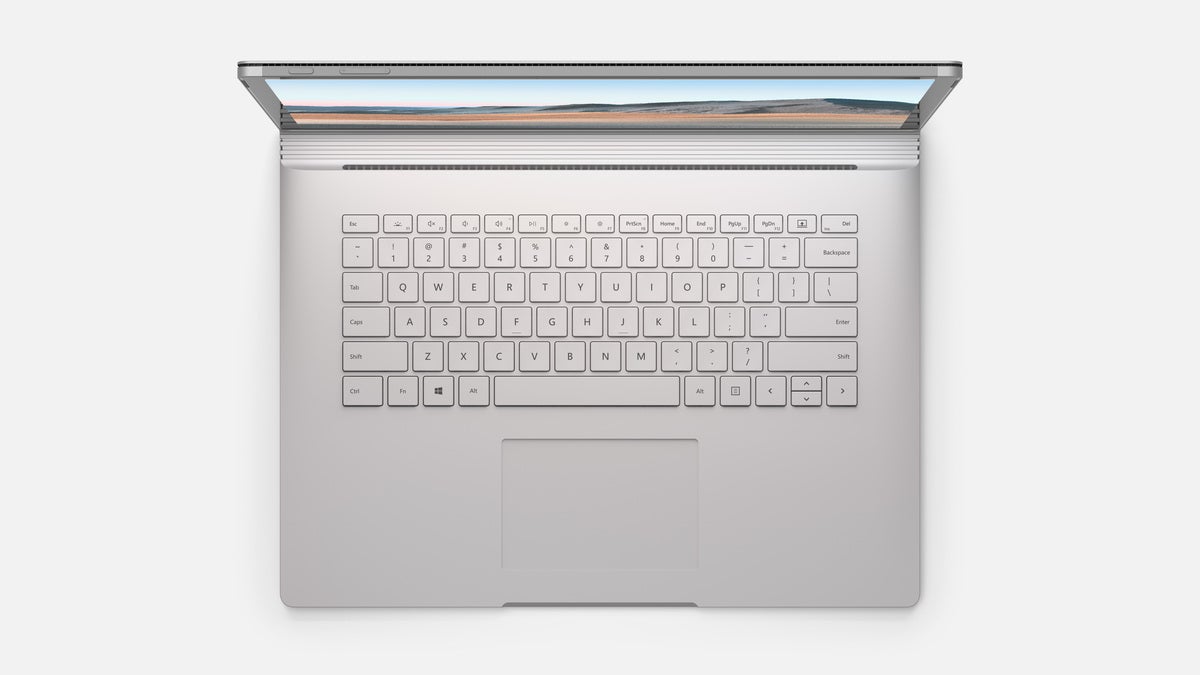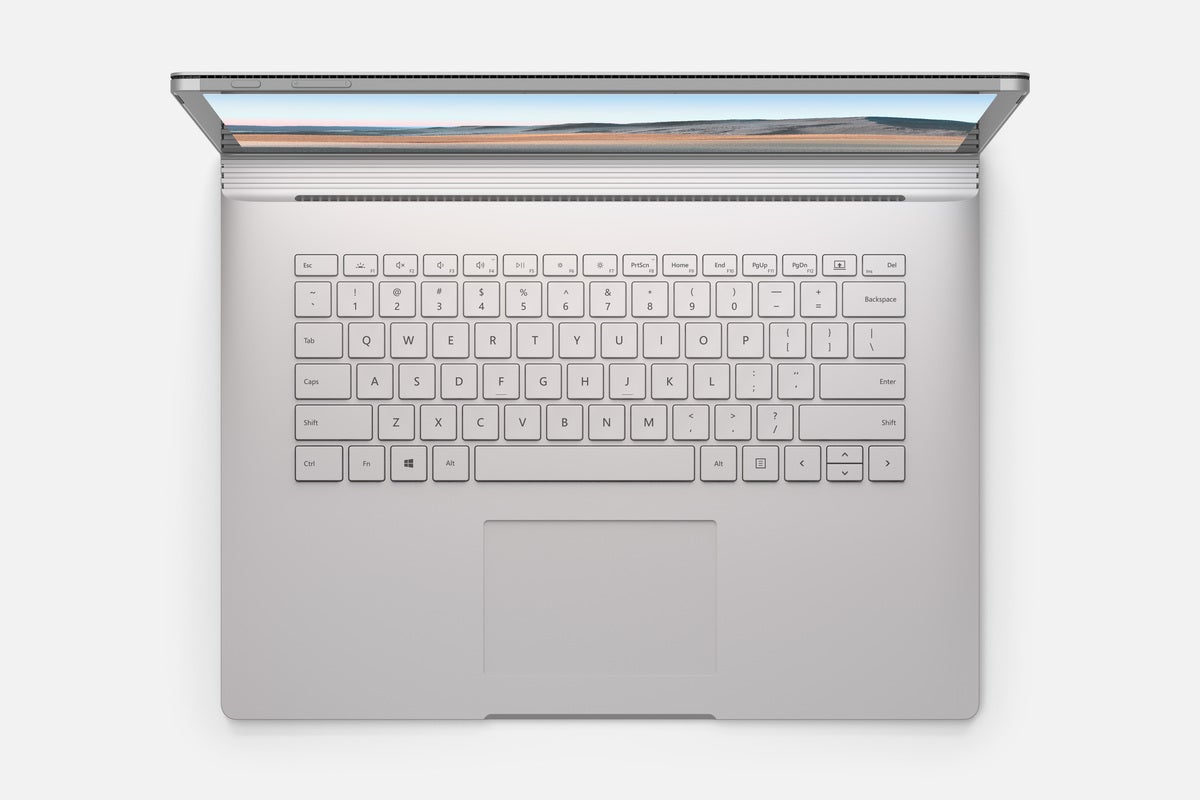
(Disclosure: Most of the vendors mentioned are clients of the author).
Microsoft just launched several additions to its Surface family: Earbuds, an updated set of headphones (that finally come in black), a new dock, and the Surface Go 2 and Surface Book 3. It is interesting to look at a few of Microsoft’s competitive responses over the last two decades.
It first responded to the threat that the PlayStation would replace PCs with an extremely well-funded Xbox effort that was successful. That was followed with the Zune, which was massively underfunded against a then-dominant iPod and poorly executed. It failed, and was followed by the Microsoft Phone. It had better funding, but ran up against the then-dominant iPhone – and was also poorly executed. It, too, failed.
Finally, MIcrosoft came up with the Surface to target the iPad threat; it has been successful so far. Credit the fact the iPad hadn’t yet established itself, and Apple’s execution was lacking.
The Xbox effort, which rolled out against a then-dominant Sony, represented the gold standard in terms of execution. But instead of using their enormous success and the team that created it as a standard for future efforts, Microsoft seemed to want to start over from scratch, resulting in uneven performance over the four efforts.
Surface is being well managed, but the conditions that created it no longer exist. The iPad Pro is less of a threat than the Chromebook, and they are vastly different products. And now, the COVID-19 pandemic has dramatically changed how people work. I think this will change how the Surface line evolves, so let’s take a closer look this week..
Surface to Surface Go 2 and Surface Book 3
The Surface began as a tablet alternative to the iPad, much as the Zune was the MP3 player rival to the iPod. The iPad was still early in its cycle, and had poor distribution to companies, horrid multitasking, and few available productivity apps. Eventually, Apple got Cisco and IBM to help address sales, but they never built something really designed for the enterprise, so those efforts underperformed. Microsoft did port a version of Office to the platform but it didn’t multitask very well, and even a jump to the larger iPad Pro was primarily met with a yawn, because it was clear Apple wasn’t listening to what people wanted.
The Surface continued to evolve, and the Surface Go 2 is about as close to what business users want in an iPad as you’ll get. Yes, it still lacks some consumer capabilities. But it should multitask better, the Office implementation is native, and it tends to be more aggressively priced than the iPad.
The higher-priced configuration (with the Intel Core M3 and LTE) comes closest to the ideal for doing real work. At the same time, the entry-level model with the Pentium Gold is a less dramatic improvement over the iPad if you just want something to browse the web or handle homework. (t’s probably a decent laptop alternative for someone in the K-6 range or an alternative to a low-end Chromebook.)
The Surface Book 3 is a much different beast. Yes, it has a tablet component, but with the high end 15-in. version, it is as if you took a light sports car, stuck on a supercharger and fed it nitrous – turning it into the most badass tablet-like device ever. When docked, it really is more like a high-performance laptop.
The Surface Book is my favorite because it has more performance, more battery life, and the most iconic design of all the Surface products. The right person for this product is someone who creates and needs performance and wants the option of being able to grab their work on a tablet device to showcase or share. While the Surface Go 2 is more of a general audience offering, the Surface Book 3 is more of an elite option, best used by those who need its distinct features or just want to make a statement.
And it does make a statement. It is arguably the opposite of the iPad, iPad Pro or a Chromebook in terms of emphasis and performance.
Looking to the future
When the Surface line was first created, the Chromebook wasn’t a threat – and the iPad was. Now this situation is reversed. In addition, when these latest products from Microsoft were conceived, 5G was still in the future and COVID-19 hadn’t happened. I expect the next Surface versions may be very different.
in a few months, I expect to see them migrate to more of an Azure cloud offering to better compete with Chromebooks and to begin embracing the kinds of features like health monitoring that people are starting to associate with connected devices. Also, 5G is rolling out, though more slowly than we expected because of the pandemic; future products should further Microsoft’sSurface Pro X connected effort and aggressively embrace 5G as an always-connected option with the power of the Azure Cloud.
While form factors will continue to vary, I foresee a consolidation of core capabilities to emphasis connectivity and better showcase Microsoft’s Virtual Windows effort.
We’ll see. Until then, the Surface Go 2 and the Surface Book 3 represent Microsoft’s most advanced hardware efforts to date and the company’s best view of what a portable Windows device with an Apple-like artistic spin should be.



